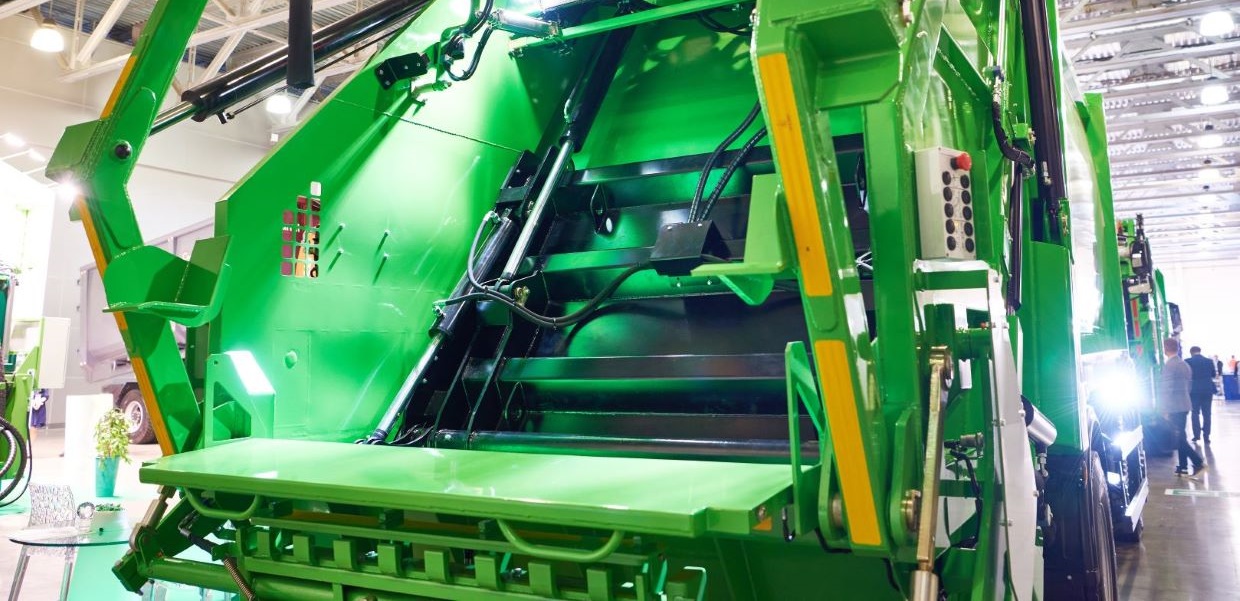With a market value estimated at £212 billion in 2021, the British grocery sector is projected to reach over £241 billion by 2027. This represents a significant opportunity to gain market share for grocery businesses willing to invest in transforming their supply chain and logistics operations to capitalize on this growth.
But the rising cost of living continues to hit UK households hard, with over 4 in 10 adults saying they are spending more than usual to get their food shopping and around half (46 percent) of adults having to buy less food when shopping in the last two weeks.
Could a tailored financial solution help transform and fortify your grocery business supply chain and logistics operation? Such a solution could enable you to capitalize on growth opportunities, without comprising product and service quality, and without pricing your customers out of their baskets.
The benefits of transforming the grocery supply chain
Supply chain and logistics operations form the foundation of successful grocery enterprises, ensuring the seamless delivery of fresh, high-quality products to consumers. By transforming these operations through automation and optimisation, companies can unlock numerous benefits and gain a competitive edge in the market, allowing them to seize growth and market share opportunities.
Automated operations drive faster product movement, trim costs, and optimise resource usage. This overhaul significantly reduces waste at every stage, benefitting both the environment and profitability. Moreover, such a transformation enhances the overall customer experience as consumers enjoy speedier, more reliable product delivery, fostering higher satisfaction and loyalty.
An optimized supply chain isn't just efficient; it's also adaptable, swiftly adjusting to market shifts and unforeseen disruptions. This flexibility enables businesses to stay agile and responsive to evolving consumer preferences and industry trends.
Complex challenges in the grocery supply chain
Transformation is not an easy task, because of the inherent complexity within a grocery business’s supply chain. Interrelated processes, functions, stakeholders, and systems, necessitate a high level of coordination, integration, and visibility across the entire network. Any disruption or delay in this chain can affect the availability, quality, and price of products. For example, the Covid-19 pandemic caused many challenges for the grocery sector, while the UK’s exit from the European Union also created uncertainty and complexity.
Consumer demand fluctuations throughout the year, driven by seasonal peaks and troughs, and evolving preferences for organic, vegan, or locally sourced products, further strain supply chain planning and inventory management for businesses.
The grocery sector is also increasingly expected to address the environmental and social impacts of its operations and products, as consumers become more aware and concerned about these issues. Companies must face the challenges of reducing their carbon footprint, waste, and plastic usage, as well as improving their animal welfare, ethical sourcing, and fair-trade practices – all while maintaining its efficiency, quality, and affordability.

